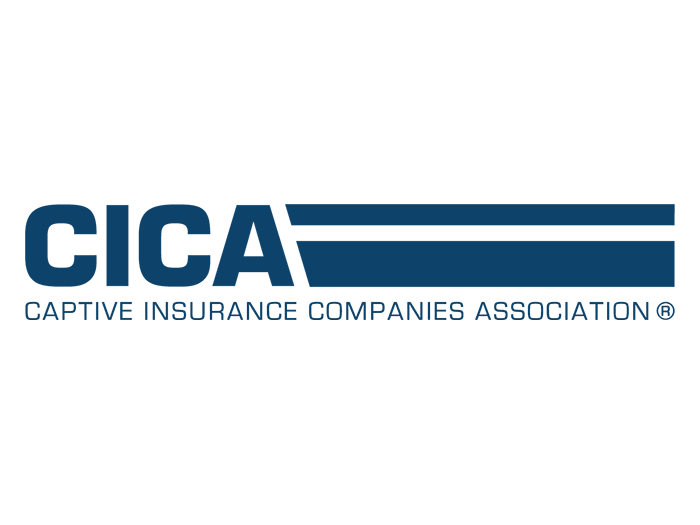5 Reasons the Crypto Insurance Market Could Reach New Heights in 2021

A new report from Marsh, entitled “5 Reasons Why the Crypto Insurance Market Could Reach New Heights in 2021,” highlights trends in the growth and maturation of the global digital asset market.
It explores how those trends are combining to foster greater acceptance among larger corporations, financial institutions and governments and is doing so in a way that will make insurance both more important and more accessible.
The five trends detailed in the report are more regulatory clarity, increased adoption, growth of decentralized finance, surge in Bitcoin value and more corporate transactions.
1) Regulatory Clarity
Lack of regulatory clarity has been cited as a primary obstacle to broader adoption of digital assets, but the report cites recent moves by the Office of the Comptroller of the Currency (OCC) and the Securities and Exchange Commission (SEC) that have enhanced clarity in the sector.
“This regulatory progress enables traditional financial institutions to adopt digital currencies and is expected to pave the way for even greater investment in the digital asset space,” the report says.
2) Increased Adoption
According to former Marsh executive Sarah Downey, one of the report’s authors, this clarity contributes directly to the second factor, increased adoption, which in turns spurs greater regulatory clarity, in a kind of feedback loop.
“Because there’s a little bit more regulatory clarity, more financial institutions are now more comfortable in the space,” Downey said.
“Because more financial institutions are more comfortable in the space and there’s a greater demand on them from their customer base, that’s Bitcoin and others, the regulators have to respond, too.”
The report cautions that “as the regulatory environment continues to evolve, the heightened risk of regulatory activity makes it incredibly important for companies and their directors and officers to understand what, if any, risk transfer options are available to help mitigate potential exposure.”
Downey cites D&O coverage in particular. “A lot of people think of D&O insurance as something that kicks in when there’s some type of litigation, but …whether it’s a regulatory investigation or a regulatory proceeding, assuming there’s coverage D&O insurance really kicks in and helps fund the defense costs for those types of activities.”
However, Downey warns, that may not always be the case.
“A lot of the D&O insurers who work with cryptocurrency companies are actually adding regulatory exclusions or trying to limit that coverage,” Downey said. “Companies in this space should be aware of things that might be added to a traditional policy that they should try to negotiate out.”
3) Decentralized Finance
The report cites an “explosion” in 2020 of “decentralized finance” (DeFi), or “financial applications operating on smart contracts and without centralized governmental or company control.”
Downey contrasts DeFi with traditional cryptocurrency exchanges, where the company that runs the exchange governs how the exchange operates.
“In DeFi, the company really tends to be a technology company, that DeFi company creates the smart contracts or the technology, or the protocols that are used to run a platform, but that platform itself is not governed by the company that created the technology behind it,” Downey said.
“Instead that platform is governed most often by individuals who buy tokens associated with the platform itself, and then they can vote on how the platform itself is run.”
4) Bitcoin’s Value Surge
The report also cites a surge in Bitcoin value, which quadrupled in 2020, as contributing to increased adoption, and also driving demand for insurance directly.
“As the value of digital assets goes up, those holding the assets — whether institutions or individuals — tend to feel an increased need for insurance protection,” the report says.
And while the short history or cryptocurrencies has been marked by wild volatility, Downey doesn’t think that will remain a major problem.
“The value will fluctuate, undoubtedly, but I think it will always recover,” said Downey. “If the value of Bitcoin were decreased exponentially, it obviously would impact some companies in the space [but] I don’t think it will retract or take away from the insurance capacity supply.
Crypto-centric companies are here to stay. Traditional financial institutions are going to continue to work with virtual currency whether it’s Bitcoin or another type of currency. Decreasing the value of Bitcoin will not impact the insurers or the insurance community’s willingness to participate in it.”
5) More Corporate Transactions
These four factors all contribute to the fifth: more corporate transactions, including M&A activity and more crypto-focused companies going public.
“The total value of crypto mergers and acquisitions in the first half of 2020 reached a record $597 million, surpassing the total from 2019, with the average deal size more than doubling,” the report says.
In another feedback loop, that success will likely bring more.
“This is likely to lead to traditional financial firms starting to acquire crypto-focused companies, such as custodians and technology companies, as additions to their portfolio of offerings,” the report states. “This will lead to more investments continuing to flow into the space.”
The growth of the crypto sector and continuing integration with traditional financial institutions will mean increased demand for capacity, a demand that the report’s authors believe will be met.
The report concludes that “to date, insurance markets’ willingness to freely underwrite this space has not kept up with the demand for insurance. But as the growth continues, we expect a shift in supply over the next few years. Companies working with digital assets should understand their specific risk exposures, how they can be transferred, and the right insurance partners for their business.” &










